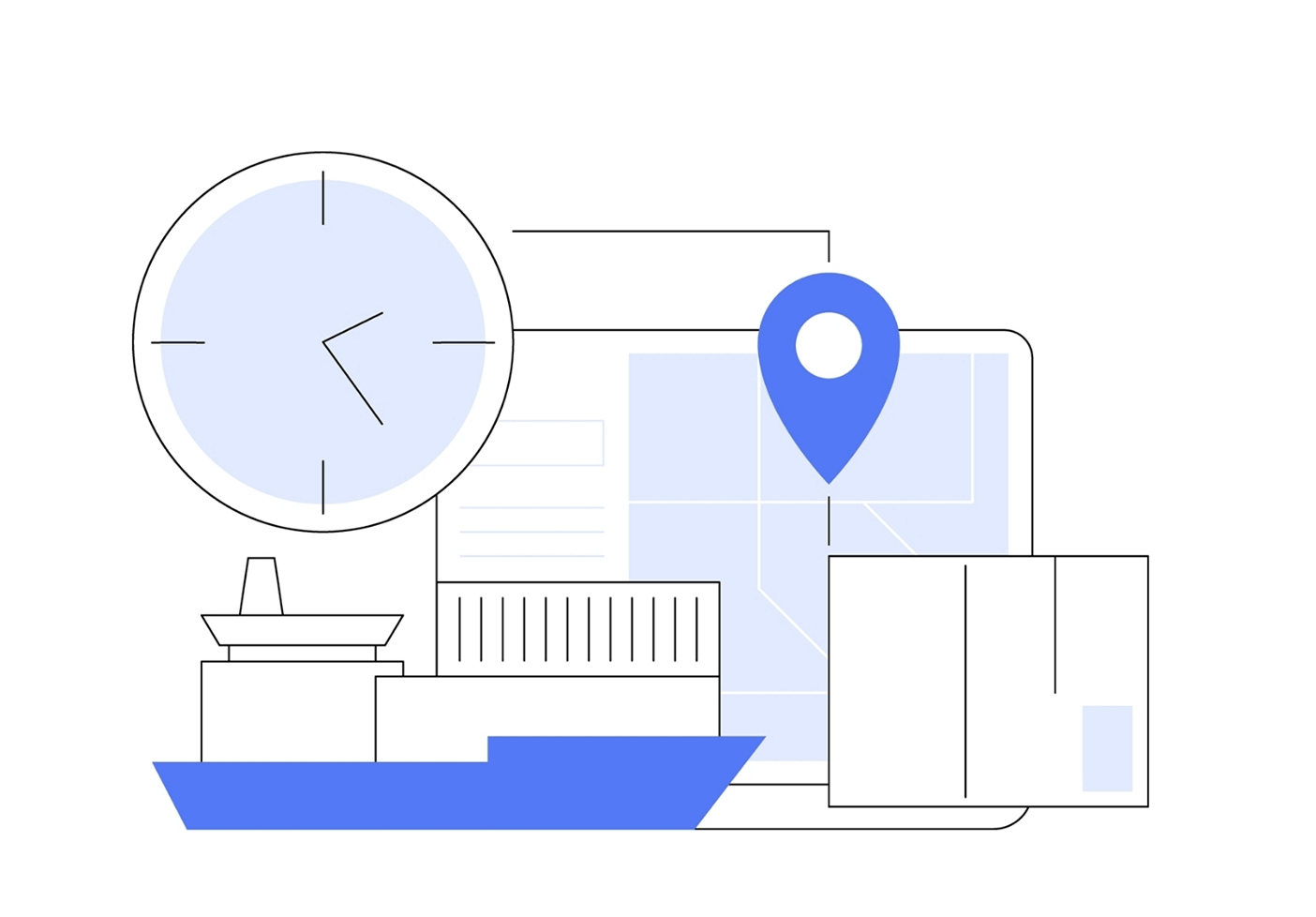Transformer language translation has fundamentally changed how we communicate across multiple languages. By leveraging advanced models, it enables smooth and efficient translations, breaking down barriers and promoting global understanding. This innovative technology has impacted various sectors, from education to business, making information and resources accessible to diverse audiences. Its influence continues to expand, shaping the future of communication across linguistic divides. This article will explore the development of this technology, its operational principles, and key components. We will also discuss its advantages, limitations, and various applications.

Background
The history of language translation technology stretches back centuries, initially relying on human translators. Machine translation began in the 1950s, with early researchers employing simple algorithms to translate text. Over the years, different methods emerged, including rule-based approaches in the 1980s that depended on linguistic rules and dictionaries. The late 1990s saw the rise of statistical machine translation, which utilized extensive bilingual text datasets to enhance translation accuracy. This evolution paved the way for more sophisticated models, culminating in the introduction of Transformers in 2017, which significantly improved translation capabilities.
What is the Transformer Model?
Transformer-assisted language translation is an innovative language processing (NLP) system that has significantly improved the efficiency of various tasks, including language translation. Introduced in the 2017 paper Attention is All you Need by Vaswani et al., the Transformer employs a unique approach for processing sequences of facts.
Encoder-Decoder Structure
The architecture consists of two essential additives: the encoder and the decoder.
Encoder. The encoder approaches an enter sequence (e.G., a sentence inside the source language) and generates a chain of continuous representations or embeddings. This is executed using multiple layers of neural networks, each with its very own attention and comments mechanisms.
Decoder. The decoder makes use of these embeddings to provide an output sequence (e.G., a translated sentence within the target language). It combines the encoder's output with its attention mechanism to make certain the generated output is coherent and contextually applicable.
Attention Mechanism
The attention mechanism is a key innovation within the Transformer version. It lets the version evaluate the significance of different phrases in the input sequence whilst producing output. This is performed through a way called scaled dot-product attention, which calculates interest scores primarily based on the relationships among phrases. This functionality allows the version to capture inter-word dependencies and contextual nuances, making it specifically effective for information complex sentences.
The Transformer version is a groundbreaking framework in natural language processing (NLP) that has notably stepped forward the performance of numerous obligations, together with language translation. Introduced within the 2017 paper "Attention is All You Need" with the aid of Vaswani et al., the Transformer employs a completely unique method for processing sequences of statistics.
How Transformers Work in Language Translation
Transformers have converted language translation with their green architecture and modern methods. Here’s how they function in this domain:
1. Data Preprocessing and Tokenization
Data Preprocessing. Before inputting facts into the model, uncooked text undergoes cleaning, which incorporates removing special characters, normalizing case, and processing punctuation. The text can also be segmented into sentences to preserve context at some point of translation.
Tokenization. This is the technique of breaking textual content into smaller devices known as tokens. Tokenization can arise on the phrase or subword degree, with subword tokenization (e.G., the usage of byte pair encoding) being in particular powerful for managing rare phrases and increasing vocabulary. Each token is mapped to a completely unique identifier, allowing the version to procedure text as numerical records.
2. Training Process and Datasets Used
Training Process. Training a Transformer model includes feeding it large amounts of paired text, in which every sentence in a single language is matched with its translation. The model learns to minimize the distinction between its predictions and the real translations using a loss feature, typically cross-entropy loss.
Datasets Used. Common training datasets include extensive bilingual corpora, such as the European Parliament Proceedings Parallel Corpus and OpenSubtitles. These datasets feature a variety of language pairs and numerous example sentences. Pretrained models like BERT or GPT can also be fine-tuned for specific translation tasks, enhancing performance.
3. Inference and Translation Generation
Inference. During inference, the trained Transformer model processes an input sentence in the source language through the encoder to generate contextual embeddings. These embeddings are then passed to the decoder, which produces the translated sentence in the target language.
Translation Generation. The decoder generates tokens one at a time. At each step, it considers the encoder's output and previously generated tokens to predict the next token. Techniques like beam search or top-k sampling can be employed to explore multiple potential translations and select the most likely one. The output tokens are then detokenize to form the final translated sentence, effectively conveying meaning and context across languages.
Advantages of Using Transformers for Translation
Here are some key benefits of using Transformer models for language translation:
1. Improved Accuracy and Fluency. Transformers utilize self-attention mechanisms to consider the full context of a sentence, resulting in more coherent and contextually appropriate translations.
2. Ability to Manage Long-Range Dependencies. Unlike traditional models, Transformers effectively preserve context over longer sentences, making them suitable for complex structures.
3. Scalability. Transformers can process multiple sentences simultaneously, significantly reducing training time and enabling the handling of large datasets.
4. Transfer Learning Capabilities. These models can be pre-trained on vast amounts of text and fine-tuned for specific translation tasks, enhancing performance, especially for languages with fewer resources.
5. Multilingual Adaptability. Transformers can work with multiple languages simultaneously, allowing for efficient translation and better performance across various linguistic backgrounds.
6. Robustness to Variability. Transformers are resilient to input variations, such as typos or informal language, making them effective in real-world applications.
7. Continuous Improvement. Ongoing research and development lead to the evolution of Transformer architectures (like BERT, GPT, and T5), consistently enhancing translation quality.
Challenges and Limitations
Despite their advantages, Transformer models face several challenges:
1. Resource Intensive. Training these models requires substantial computational power and large datasets, which can be prohibitive for smaller organizations.
2. Data Dependency. Their performance heavily relies on the quality and quantity of training data, which can affect translation quality, especially for lesser-known languages.
3. Contextual Limitations. Transformers may struggle with maintaining coherence over long texts, potentially leading to inconsistencies.
4. Bias and Fairness. Models can inadvertently reflect biases present in training data, which may result in translations that reinforce stereotypes.
5. Language Pairing Issues. For less common languages or those with significant structural differences, translation quality may suffer.
6. Interpretability. The decision-making processes of Transformer models can be opaque, making it challenging to understand how translations are generated and how errors are addressed.
7. Handling Nuances. Transformers may not effectively deal with idiomatic expressions or cultural context, affecting translation accuracy.
Applications of Transformer Language Translation
Here are some key applications of Transformer-based neural machine translation:
1. Document Translation. Transformers can translate entire documents while maintaining context and coherence, producing more accurate translations than traditional methods.
2. Chatbots and Virtual Assistants. These systems utilize Transformer-based translation to support multiple languages, enabling broader user engagement and cross-language information retrieval.
3. Educational Tools. Apps like Duolingo leverage Transformers for translations and explanations, enhancing language learning experiences. Multilingual content creation also makes educational resources more accessible.
4. Research and Development. Researchers use Transformer models to analyze linguistic phenomena, contributing to the study of language evolution and fostering innovation in NLP.
Models Used in Lingvanex
Lingvanex’s system translation software program is based on the modern improvements in NLP to provide its users with fantastic translations of web sites, smartphone calls, messages, and files. Lingvanex's translation engine is powered with the aid of deep mastering models skilled on huge multilingual datasets. This lets in the device to capture context, understand nuance, and convey translations throughout 109 languages that sound greater natural and human-like.
Lingvanex utilizes the OpenNMT-tf framework for its translation models, which are based on the classical Transformer architecture (encoder + decoder). More detailed information is available on the website Index — OpenNMT-tf 2.32.0 documentation. This approach allows for high-quality translations and optimizes the training of language models.
Conclusion
By employing cutting-edge models, Transformers enable seamless and efficient translation, dismantling language barriers and promoting global understanding. This technology has transformed numerous industries, making information and resources accessible to diverse audiences and shaping the future of communication across borders. Ultimately, Transformers have fundamentally reshaped the landscape of language translation, providing powerful tools for enhancing international communication.



